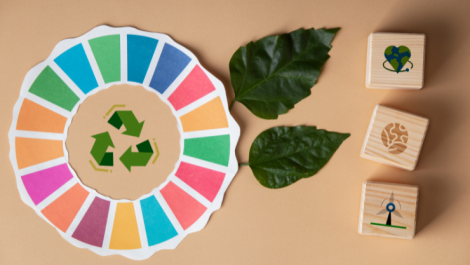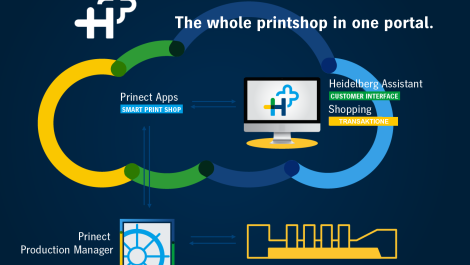The weekly Verdigris blog by Laurel Brunner.
The ISO committee responsible for Greenhouse Gas (GHG) management and related activities is looking for new blood.
They have put out a call to encourage young people to get involved with environmental standards. Called ISO NextGen, the initiative is about encouraging people interested in standards relating to climate change to get involved with standards development.
How boring is that for edgy young adults looking to make their mark? Actually the ISO work isn’t all that boring all the time, and the ISO definition of young people includes anyone under 35 so maybe folks not so edgy. Now we are sure that as well as 55 being the new 45, 35 is the new 25 and that youngsters are not as young as they used to be. In the printing and publishing industries there are plenty of young ones who are digital natives and who could bring fresh ideas to standards.
Take the carbon footprinting of electronic media, which we are labouring on within ISO TC130 (graphics technology) WG11 (environmental impact of graphics technology). This standard is supposed to provide guidelines for how to calculate the environmental impact of digital media, say an e-book or technical manual. But how do you measure digital media emissions? How do you calculate the emissions value for the infrastructure required to support a digital media product: by the megabyte per download? By the megabyte streamed? And how can this be calculated for media that are available on a global scale and archived for many years?
It is hoped that younger minds operate in a more fluid and creative way than the dessicated equivalents of previous generations. But what old fogies lack in innocence and enthusiasm and even energy, they surely make up for in experience and wisdom, not to say deviousness. What is needed for robust standards development is a mix of old and new thinking to tackle climate change. Regardless of age people should be focusing collectively, solving environmental problems within their own professional sector, without letting ossified thinking get in the way.
As a cohort, media professionals face many problems, but printers particularly have learned a lot about how to run a business sustainably. Stimulating younger minds to think about the environmental impact of media, digital or based on physical substrates, could benefit the ISO process. It could also benefit companies wanting to be more engaged with standards development. If this sounds interesting to you contact joseluis.hernandez@csagroup.org
http://verdigrisproject.com/blog/fresh-thinking
This article is part of the Verdigris series of stories about understanding the environmental impact of print. The Verdigris Project is supported by Agfa Graphics, Canon Europe, Digital Dots, drupa, EcoPrint, EFI, Fespa, HP, Pragati Offset, Ricoh, Splash PR, Unity Publishing and Xeikon.





